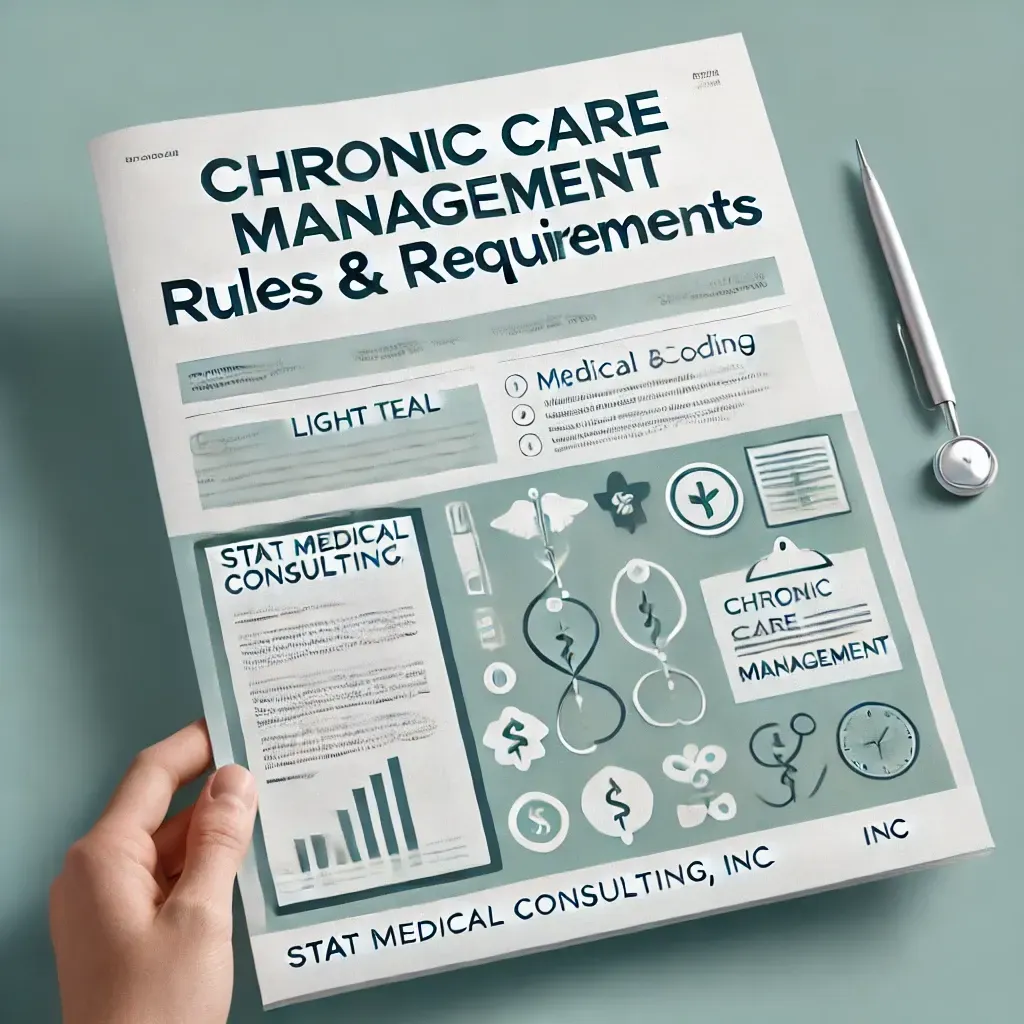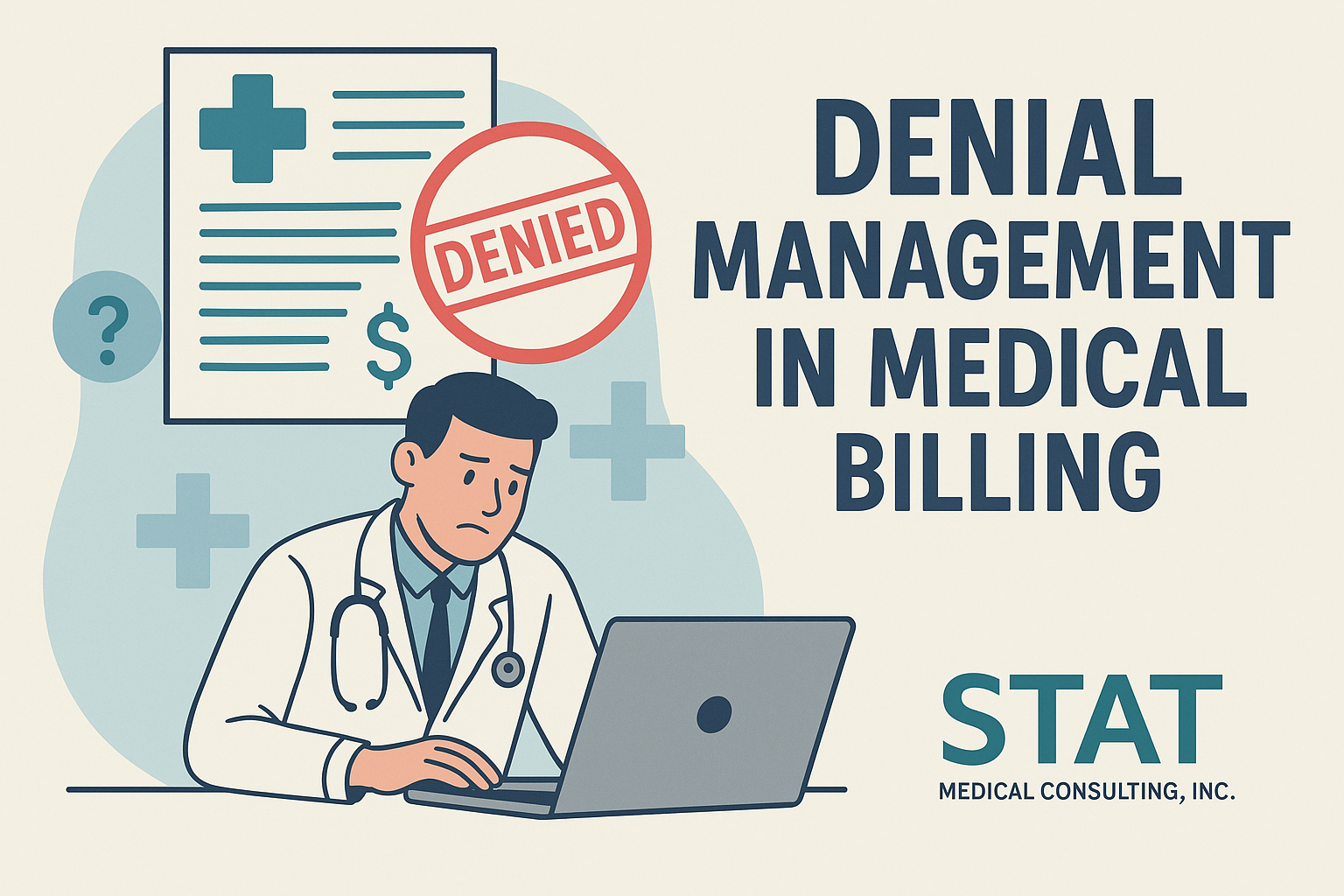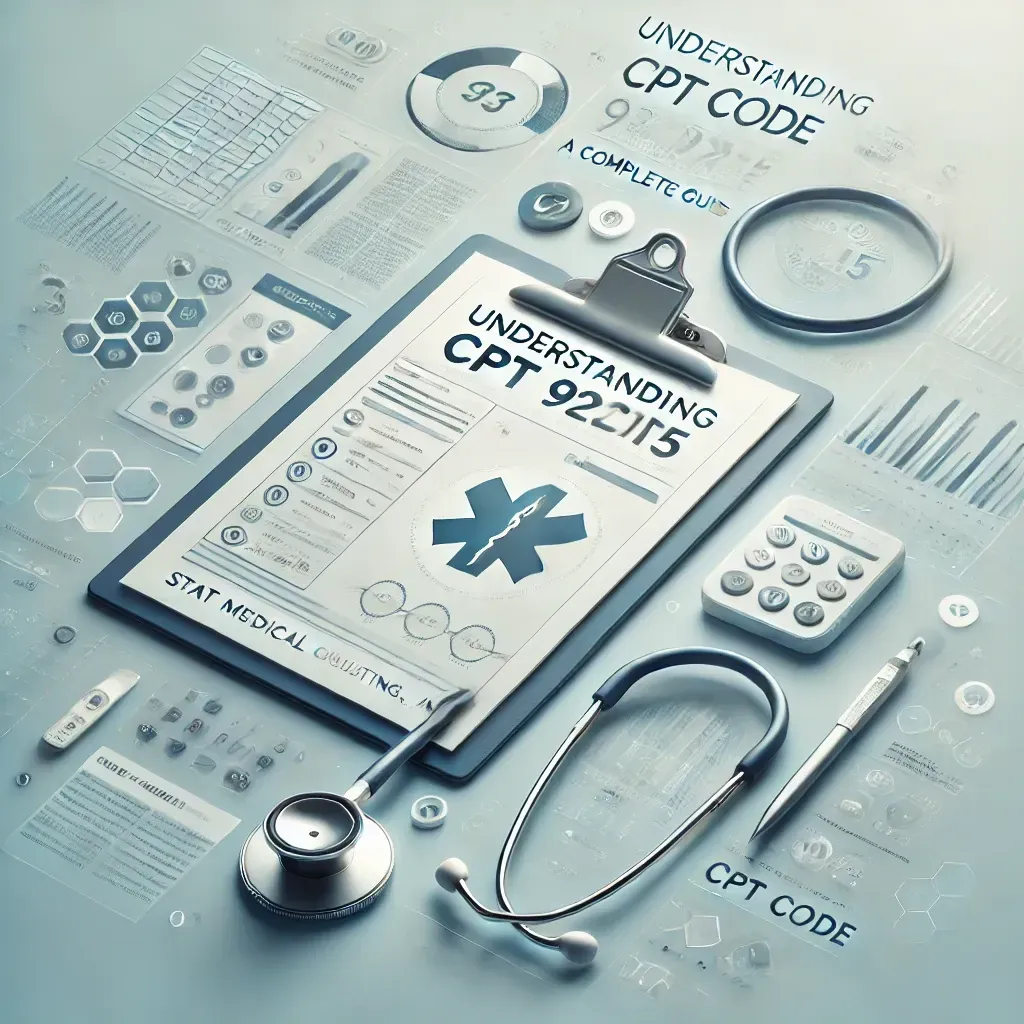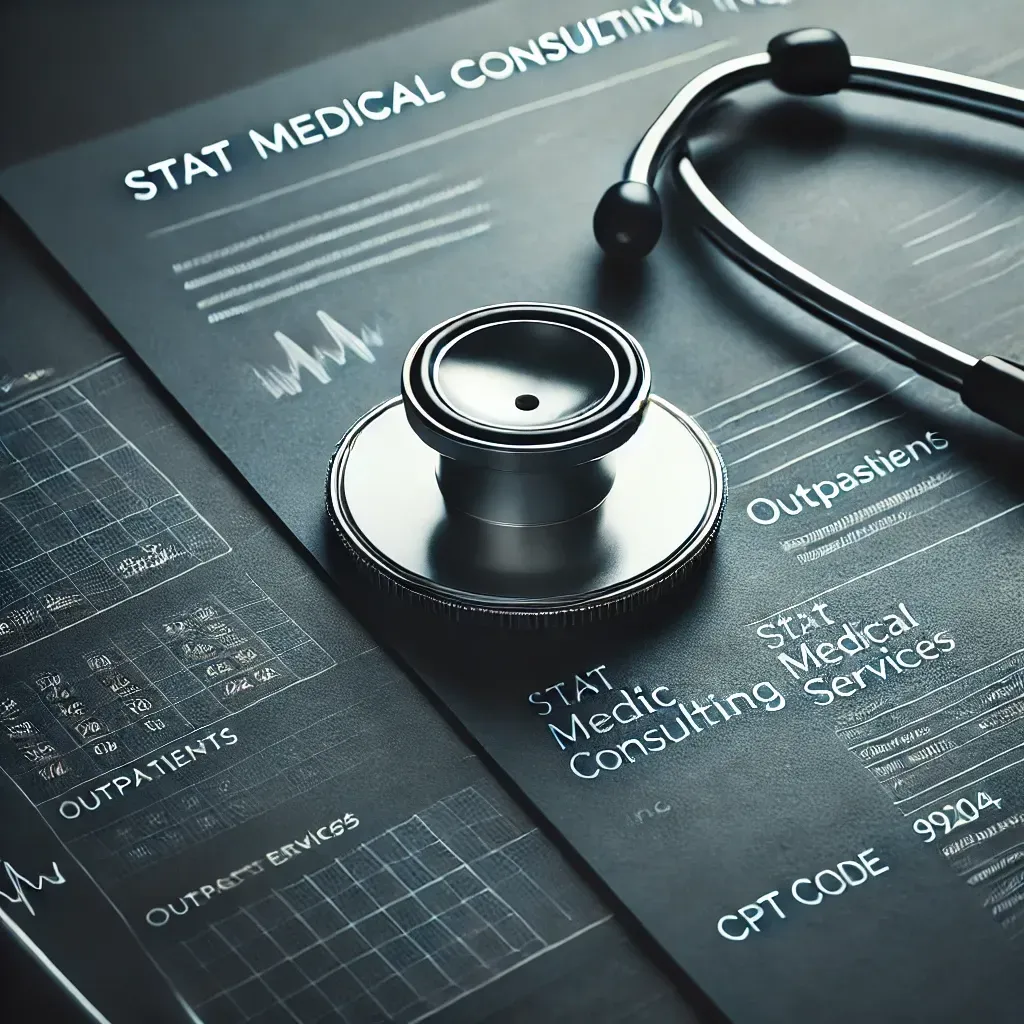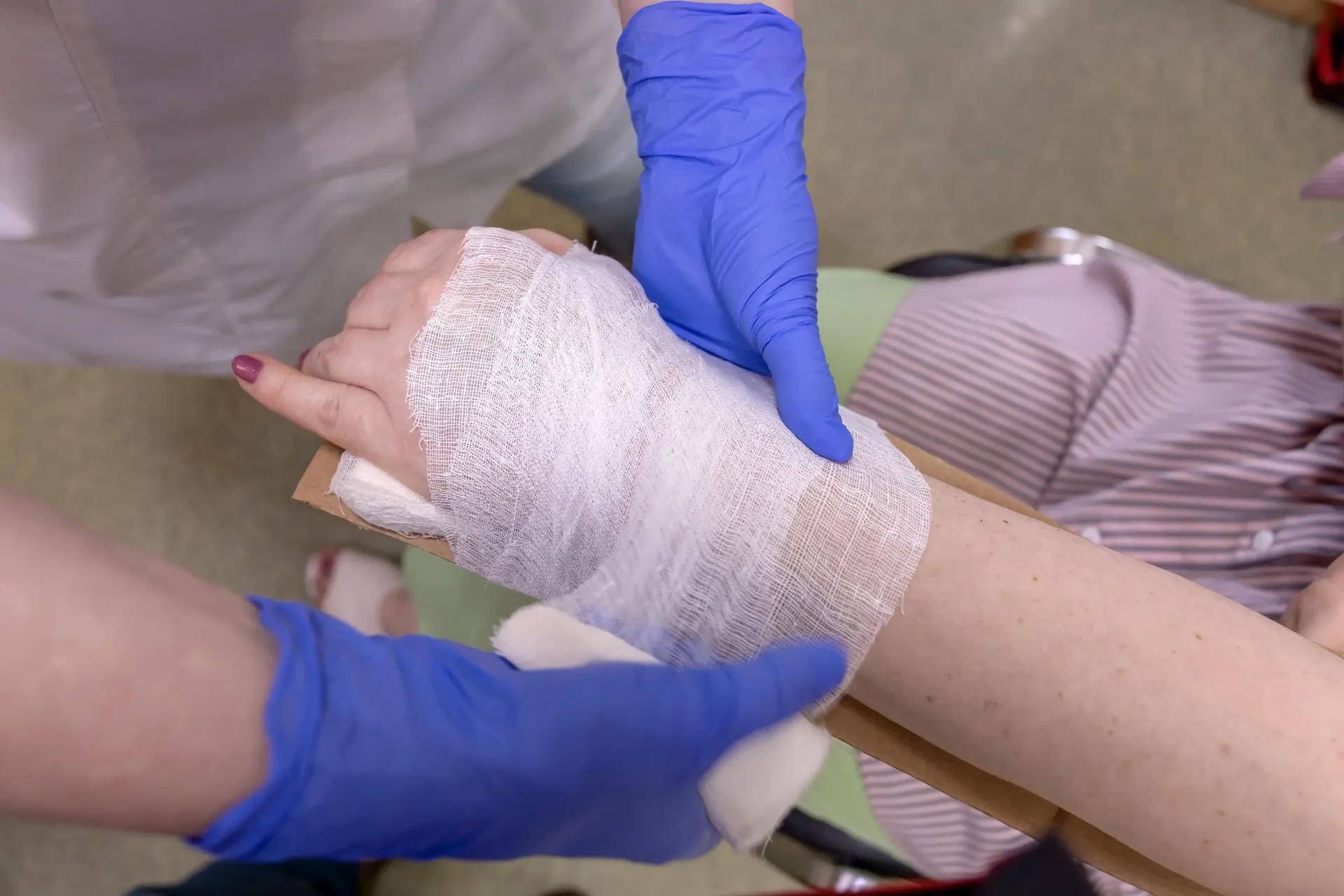Mastering Neurosurgery Coding
The Secrets of Neurosurgery Coding Excellence
Mastering neurosurgery coding is a skill that can help neurosurgeons and their staff to optimize reimbursement, avoid denials, and maintain compliance with the ever-changing coding rules and regulations. Neurosurgery coding is complex and requires a thorough understanding of the anatomy, terminology, procedures, and modifiers related to the nervous system. In this article, I will provide tips and resources to help you master neurosurgery coding.
Stay updated on the latest changes and guidelines about Neurosurgery Coding
Coding rules and guidelines constantly evolve to reflect the advances in medical technology, clinical practice, and payer policies. It is important to stay updated on the latest neurosurgery coding changes and guidelines that affect neurosurgery coding. Some sources of information include:
- The American Association of Neurological Surgeons (AANS) offers a comprehensive neurosurgery coding curriculum by renowned neurosurgeons and professional coders¹. The AANS also publishes neurosurgery coding references such as the Guide to Coding², the ICD-10 Express Code³, and the Neurosurgeon's E/M Reference Card⁴.
- The American Medical Association (AMA) publishes the Current Procedural Terminology (CPT) code set, the standard for reporting medical services and procedures. The AMA also provides CPT Assistant, a monthly newsletter that provides guidance and clarification on CPT or neurosurgery coding issues.
- The Centers for Medicare & Medicaid Services (CMS) issues the Medicare Physician Fee Schedule (MPFS), determining the payment rates for Medicare Part B services. The MPFS also includes indicators for global periods, multiple procedures, assistant surgeons, co-surgeons, bilateral procedures, and telehealth services.
- The National Correct Coding Initiative (NCCI) edits are automated prepayment edits that prevent improper payment of services that should not be reported together. The NCCI edits include procedure-to-procedure (PTP) and medically unlikely edits (MUEs).
-
The Official Guidelines for Neurosurgery Coding and Reporting originate from the Centers for Disease Control and Prevention (CDC) and the CMS. These guidelines assist in the allocation of diagnosis codes through the utilization of the International Classification of Diseases, 10th Revision, Clinical Modification (ICD-10-CM).
Utilize 62220 and 62223 for Performing CSF Surgeries
Ensuring accurate neurosurgery coding for cerebrospinal fluid (CSF) shunt procedures is crucial to avoid payment discrepancies and secure proper reimbursement for the medical practice. Surgeons use specific codes such as 62220 (Creation of shunt; ventriculo-atrial, -jugular, -auricular) and 62223 (Creation of shunt; ventriculo-peritoneal, -pleural, other terminus) as defined in CPT® 2023 to designate the type of CSF shunt created.
A CSF shunt procedure involves placing a catheter into a brain ventricle to facilitate the drainage of excess cerebrospinal fluid (CSF). This intervention is vital for conditions like hydrocephalus, where an abnormal accumulation of CSF increases pressure on the brain. By creating a shunt, the surgeon diverts the excess CSF from the ventricle to another part of the body, effectively managing CSF flow and pressure to relieve symptoms and prevent complications.
The primary diagnosis associated with CSF shunt surgeries is hydrocephalus, which encompasses various types. Notable ICD-10 codes related to hydrocephalus and conditions requiring CSF shunt procedures include:
G91.0 (Communicating hydrocephalus)
G91.1 (Obstructive hydrocephalus)
G91.2 ((Idiopathic) normal pressure hydrocephalus)
G91.3 (post-traumatic hydrocephalus, unspecified)
G91.8 (Other hydrocephalus)
G91.9 (Hydrocephalus, unspecified)
Q03.0 (Malformations of aqueduct of Sylvius)
Q03.1 (Atresia of foramina of Magendie and Luschka)
Q03.8 (Other congenital hydrocephalus)
Q03.9 (Congenital hydrocephalus, unspecified)
Q05.0 (Cervical spina bifida with hydrocephalus)
Q07.02 (Arnold-Chiari syndrome with hydrocephalus)
Q07.03 (Arnold-Chiari syndrome with spina bifida and hydrocephalus)
It's important to note that this list of ICD-10 codes serves as a reference and may not necessarily align with all payer contracts. Coders should refer to the specific payer contracts to confirm the eligible ICD-10 codes for pairing with CSF shunt creation codes (62220 and 62223) to ensure accurate coding and appropriate billing.
E/M Services and Diagnostic Tests
The decision to proceed with cerebrospinal fluid (CSF) shunt insertion involves a series of steps, beginning with an evaluation and management (E/M) service. Typically, the E/M service is coded from 99202 (for new patients) to 99215 (for established patients), depending on the complexity of the evaluation and the time spent (ranging from 15-54 minutes) during the encounter.
During the E/M service, the surgeon places significant emphasis on the physical examination and medical history to make an informed decision regarding recommending CSF shunt creation. A thorough physical examination is conducted to assess various aspects of neurological function, including reflexes, muscle strength, coordination, and sensory perception. Additionally, signs of increased intracranial pressure, such as papilledema (swelling of the optic disc), are considered indicative of the need for CSF shunt surgery.
Furthermore, the patient's medical history is carefully evaluated to identify any underlying conditions that may lead to CSF buildup, such as hydrocephalus, tumors, or infections. Symptoms like headaches, nausea, vomiting, vision problems, and changes in behavior or cognition are also taken into account during this assessment.
Diagnostic imaging, such as computed tomography (CT) scans or magnetic resonance imaging (MRI), is utilized to visualize the brain and detect any abnormalities or signs of hydrocephalus. These imaging studies are instrumental in determining the extent of CSF accumulation, aiding in the decision-making process for surgery.
When necessary, the surgeon may order CT scans or MRIs to evaluate CSF accumulation, for which the following tests are commonly requested:
70450 (Computed tomography, head or brain; without contrast material)
70460 (Computed tomography, head or brain; with contrast material(s))
70470 (Computed tomography, head or brain; without contrast material, followed by contrast material(s) and further sections)
70551 (Magnetic resonance imaging, brain (including brain stem); without contrast material)
70552 (Magnetic resonance imaging, brain (including brain stem); with contrast material(s))
70553 (Magnetic resonance imaging, brain (including brain stem); without contrast material, followed by contrast material(s) and further sequences)
Lumbar Puncture for CSF Pressure Measurement
In certain cases, a lumbar puncture, commonly known as a spinal tap, is conducted to measure cerebrospinal fluid (CSF) pressure. Elevated CSF pressure levels may suggest the necessity of CSF shunt surgery. For proper coding, use either 62272 (Spinal puncture, therapeutic, for drainage of cerebrospinal fluid (by needle or catheter)) or 62329 (Spinal puncture, with fluoroscopic or CT guidance), based on the specifics of the encounter.
Neuroendoscopy in CSF Shunt Procedures
During CSF shunt creation, a surgeon might opt to perform a Neuroendoscopy, a procedure involving the use of a specialized camera (endoscope) to examine the interior of the brain's ventricles. This approach serves several purposes during the surgery:
Ventricle Evaluation: Neuroendoscopy enables direct visualization of the brain's ventricles, aiding in assessing CSF accumulation, identifying blockages or anomalies, and determining appropriate shunt placement.
Shunt Placement Confirmation: The procedure confirms the accurate positioning of the shunt within the ventricle, ensuring effective drainage of excess CSF and alleviation of intracranial pressure.
Treatment of Associated Conditions: CSF shunt surgery may coincide with the treatment of other conditions like tumors or cysts. Neuroendoscopy allows simultaneous addressing of these conditions during the surgery.
Management of Complications: Neuroendoscopy proves invaluable in managing complications that may arise during or after CSF shunt surgery. It enables the identification and resolution of issues such as shunt blockages or malfunctions.
For appropriate coding, use +62160 (Neuroendoscopy, intracranial, for placement or replacement of ventricular catheter and attachment to shunt system or external drainage) to denote the performance of Neuroendoscopy in addition to the primary procedure code.
Cerebrospinal Fluid (CSF) Shunt Replacements and Revisions: Coding and Diagnosis
When a patient with an existing CSF shunt necessitates a revision or replacement, accurate coding is crucial. The appropriate CPT® codes for such procedures include 62230 (Replacement or revision of cerebrospinal fluid shunt, obstructed valve, or distal catheter in shunt system) or 62225 (Replacement or irrigation, ventricular catheter), or a combination of both. According to CPT®, if only the valve and proximal catheter are replaced, you should use 62230 along with 62225, with modifier 51 (Multiple procedures) appended to 62225. However, if the entire shunt system is removed and replaced during the same operation, code 62258 (Removal of complete cerebrospinal fluid shunt system; with replacement by similar or other shunt at the same operation).
Several reasons may necessitate a patient to undergo shunt replacement or revision, including breakdown, displacement, leakage, mechanical complications, or infection. When coding for CSF shunt revision, ensure to link one of the following diagnosis codes to represent the specific complication encountered:
T85.01X- (Breakdown (mechanical) of ventricular intracranial (communicating) shunt, initial encounter)
T85.02XA (Displacement of ventricular intracranial (communicating) shunt, initial encounter)
T85.03XA (Leakage of ventricular intracranial (communicating) shunt, initial encounter)
T85.09XA (Other mechanical complication of ventricular intracranial (communicating) shunt, initial encounter)
T85.628A (Displacement of other specified internal prosthetic devices, implants and grafts, initial encounter)
T85.638A (Leakage of other specified internal prosthetic devices, implants and grafts, initial encounter)
T85.698A (Other mechanical complication of other specified internal prosthetic devices, implants and grafts, initial encounter)
T85.730A (Infection and inflammatory reaction due to ventricular intracranial (communicating) shunt, initial encounter)
T85.79XA (Infection and inflammatory reaction due to other internal prosthetic devices, implants and grafts, initial encounter)
T85.9XXA (Unspecified complication of internal prosthetic device, implant and graft, initial encounter)
Additionally, it's important to be familiar with specific Z codes in ICD-10 2023 that define "Factors Influencing Health Status and Contact with Health Services" related to CSF drainage devices and other implanted nervous system devices:
Z45.41 (Encounter for adjustment and management of cerebrospinal fluid drainage device)
Z45.49 (Encounter for adjustment and management of other implanted nervous system device)
Z98.2 (Presence of cerebrospinal fluid drainage device)
Conclusion:
At StatMedical, we pride ourselves on being professionals and specialists in the field of neurosurgery coding and billing. With over 20+ years of dedicated experience, we understand the intricacies of this specialized domain. Our commitment is to ensure that physicians receive precisely what they expect from their medical biller and coder. We recognize the critical importance of neurosurgery coding in healthcare, and our team is equipped with the expertise needed to optimize your billing processes, reduce denials, and enhance revenue. Trust us to be your partner in neurosurgery coding, and experience the difference that comes with our years of excellence in the industry. Your success is our priority, and we are here to make it happen.
